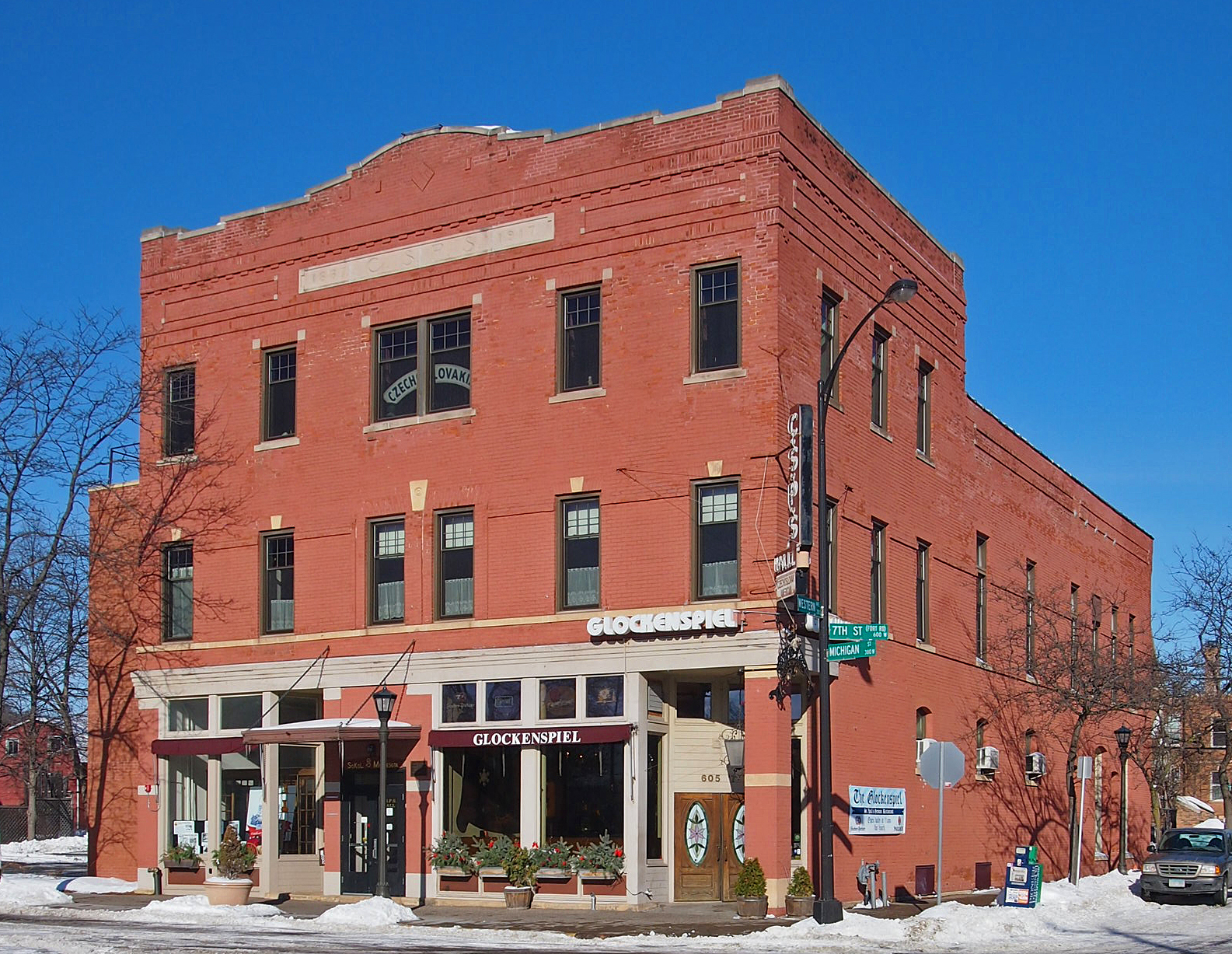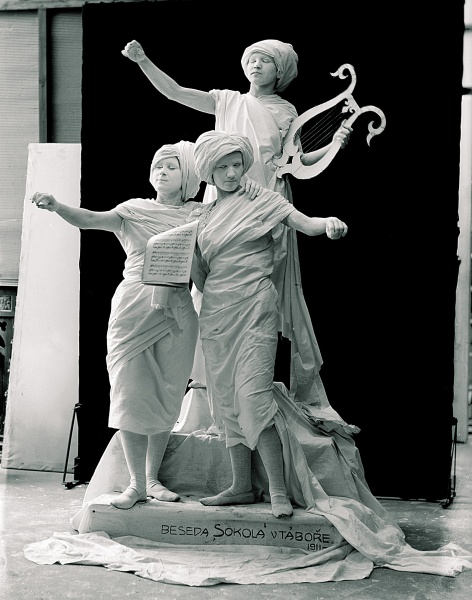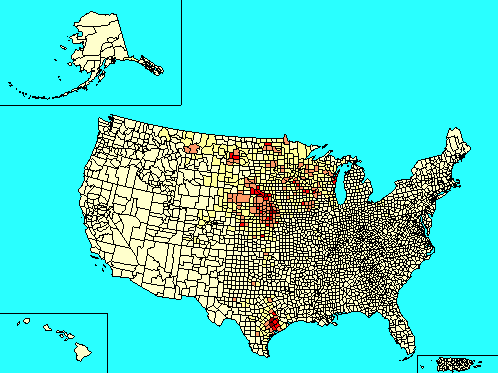|
C.S.P.S. Hall (Saint Paul, Minnesota)
The C.S.P.S. Hall, also known as Czech Hall or as CSPS Sokol Hall, is the home of the Czech-Slovak Protective Society Hall — a recreation center and meeting house used for social events, including Sokol events; important to the cultural preservation of Czech and Slovak immigrants in Saint Paul Paul; grc, Παῦλος, translit=Paulos; cop, ⲡⲁⲩⲗⲟⲥ; hbo, פאולוס השליח (previously called Saul of Tarsus;; ar, بولس الطرسوسي; grc, Σαῦλος Ταρσεύς, Saũlos Tarseús; tr, Tarsuslu Pavlus; ..., Minnesota. It is listed on the National Register of Historic Places. The C.S.P.S. was founded in St. Louis, Missouri, in 1854, and, like other immigrant societies, began by offering a kind of insurance program, which provided for members when they were ill and covered funeral expenses. with References External linksOfficial website [...More Info...] [...Related Items...] OR: [Wikipedia] [Google] [Baidu] |
Saint Paul, Minnesota
Saint Paul (abbreviated St. Paul) is the capital of the U.S. state of Minnesota and the county seat of Ramsey County. Situated on high bluffs overlooking a bend in the Mississippi River, Saint Paul is a regional business hub and the center of Minnesota's government. The Minnesota State Capitol and the state government offices all sit on a hill close to the city's downtown district. One of the oldest cities in Minnesota, Saint Paul has several historic neighborhoods and landmarks, such as the Summit Avenue Neighborhood, the James J. Hill House, and the Cathedral of Saint Paul. Like the adjacent and larger city of Minneapolis, Saint Paul is known for its cold, snowy winters and humid summers. As of the 2021 census estimates, the city's population was 307,193, making it the 67th-largest city in the United States, the 12th-most populous in the Midwest, and the second-most populous in Minnesota. Most of the city lies east of the Mississippi River near its confluence with the ... [...More Info...] [...Related Items...] OR: [Wikipedia] [Google] [Baidu] |
Czech-Slovak Protective Society
The Czech-Slovak Protective Society (CSPS), which became the Czecho Slovakian Association, was an organization supporting the welfare of Czech and Slovak immigrants to the United States. The Czech-Slovak Protective Society started as an insurance services organization. It was once the largest Czech-American freethought fraternity in the United States. History The CSPS was founded in St. Louis, Missouri, in 1854, and, like other immigrant societies, began by offering a kind of insurance program, which provided for members when they were ill and covered funeral expenses. with It was the "largest Bohemian fraternal organization". The Czecho-Slovak Protective Society, headquartered in St. Louis, Missouri, joined in organizing the Czechoslovak Society of America in 1933. That organization, based in Lombard, Illinois changed its name to CSA Fraternal Life in 1982. Č.S.P.S. stands for "Česko-Slovenský Podporující Spolek" (Czech-Slovak Protective Society). These lodges were ... [...More Info...] [...Related Items...] OR: [Wikipedia] [Google] [Baidu] |
Czech Sokol Movement
The Sokol movement (, '' falcon'') is an all-age gymnastics organization first founded in Prague in the Czech lands of Austria-Hungary in 1862 by Miroslav Tyrš and Jindřich Fügner. It was based upon the principle of " a strong mind in a sound body". The Sokol, through lectures, discussions, and group outings provided what Tyrš viewed as physical, moral, and intellectual training for the nation. This training extended to men of all ages and classes, and eventually to women. The movement also spread across all the regions populated by Slavic cultures, most of them part of either Austria-Hungary or the Russian Empire: present-day Slovakia, the Slovene Lands, Croatia, Serbia, Bulgaria, Poland (Polish Sokół movement), Ukraine, Belarus. In many of these nations, the organization also served as an early precursor to the Scouting Scouting, also known as the Scout Movement, is a worldwide youth movement employing the Scout method, a program of informal educatio ... [...More Info...] [...Related Items...] OR: [Wikipedia] [Google] [Baidu] |
Czech American
Czech Americans ( cz, Čechoameričané), known in the 19th and early 20th century as Bohemian Americans, are citizens of the United States whose ancestry is wholly or partly originate from the Czech lands, a term which refers to the majority of the traditional lands of the Bohemian Crown, namely Bohemia, Moravia and Czech Silesia. These lands over time have been governed by a variety of states, including the Kingdom of Bohemia, the Austrian Empire, Czechoslovakia, and the Czech Republic also known by its short-form name, Czechia. Germans from the Czech lands who emigrated to the United States are usually identified as German Americans, or, more specifically, as Americans of German Bohemian descent. According to the 2000 US census, there are 1,262,527 Americans of full or partial Czech descent, in addition to 441,403 persons who list their ancestry as Czechoslovak. Historical information about Czechs in America is available thanks to people such as Mila Rechcigl. History ... [...More Info...] [...Related Items...] OR: [Wikipedia] [Google] [Baidu] |
Slovak American
Slovak Americans are Americans of Slovak descent. In the 1990 Census, Slovak Americans made up the third-largest portion of Slavic ethnic groups. There are currently about 790,000 people of Slovak descent living in the United States. History Eighteenth century Isaacus Ferdinand Sharoshi was the first known immigrant from the territory of present-day Slovakia, then part of the Kingdom of Hungary. Sharoshi arrived in the religious colony of Germantown, Pennsylvania, founded by Mennonite preacher Francis Daniel Pastorius, to serve as a teacher and a preacher. Sharoshi apparently returned to Europe after two years. In 1754, Andreas Jelik, an ethnic German from the village of Baja, left the Kingdom of Hungary to train as a tailor. After some travel in Europe, he eventually reached South American shores, via the West Indies, on a Dutch trading ship. After being proclaimed emperor in Madagascar and bearing letters of recommendation from Benjamin Franklin and funds from a descenda ... [...More Info...] [...Related Items...] OR: [Wikipedia] [Google] [Baidu] |
Minnesota
Minnesota () is a state in the upper midwestern region of the United States. It is the 12th largest U.S. state in area and the List of U.S. states and territories by population, 22nd most populous, with over 5.75 million residents. Minnesota is home to western prairies, now given over to intensive agriculture; deciduous forests in the southeast, now partially cleared, farmed, and settled; and the less populated Laurentian Mixed Forest Province, North Woods, used for mining, forestry, and recreation. Roughly a third of the state is Forest cover by state and territory in the United States, covered in forests, and it is known as the "Land of 10,000 Lakes" for having over 14,000 bodies of fresh water of at least ten acres. More than 60% of Minnesotans live in the Minneapolis–Saint Paul metropolitan area, known as the "Twin Cities", the state's main political, economic, and cultural hub. With a population of about 3.7 million, the Twin Cities is the List of metropolitan stati ... [...More Info...] [...Related Items...] OR: [Wikipedia] [Google] [Baidu] |
National Register Of Historic Places
The National Register of Historic Places (NRHP) is the United States federal government's official list of districts, sites, buildings, structures and objects deemed worthy of preservation for their historical significance or "great artistic value". A property listed in the National Register, or located within a National Register Historic District, may qualify for tax incentives derived from the total value of expenses incurred in preserving the property. The passage of the National Historic Preservation Act (NHPA) in 1966 established the National Register and the process for adding properties to it. Of the more than one and a half million properties on the National Register, 95,000 are listed individually. The remainder are contributing resources within historic districts. For most of its history, the National Register has been administered by the National Park Service (NPS), an agency within the U.S. Department of the Interior. Its goals are to help property owners a ... [...More Info...] [...Related Items...] OR: [Wikipedia] [Google] [Baidu] |
Minnesota Historical Society
The Minnesota Historical Society (MNHS) is a nonprofit educational and cultural institution dedicated to preserving the history of the U.S. state of Minnesota. It was founded by the territorial legislature in 1849, almost a decade before statehood. The Society is named in the Minnesota Constitution. It is headquartered in the Minnesota History Center in downtown Saint Paul. Although its focus is on Minnesota history it is not constrained by it. Its work on the North American fur trade has been recognized in Canada as well. MNHS holds a collection of nearly 550,000 books, 37,000 maps, 250,000 photographs, 225,000 historical artifacts, 950,000 archaeological items, of manuscripts, of government records, 5,500 paintings, prints and drawings; and 1,300 moving image items. '' MNopedia: The Minnesota Encyclopedia'', is since 2011 an online "resource for reliable information about significant people, places, events, and things in Minnesota history", that is funded through a Leg ... [...More Info...] [...Related Items...] OR: [Wikipedia] [Google] [Baidu] |
National Park Service
The National Park Service (NPS) is an List of federal agencies in the United States, agency of the Federal government of the United States, United States federal government within the United States Department of the Interior, U.S. Department of the Interior that manages all List of areas in the United States National Park System, national parks, most National monument (United States), national monuments, and other natural, historical, and recreational properties with various title designations. The United States Congress, U.S. Congress created the agency on August 25, 1916, through the National Park Service Organic Act. It is headquartered in Washington, D.C., within the main headquarters of the Department of the Interior. The NPS employs approximately 20,000 people in 423 individual units covering over 85 million acres in List of states and territories of the United States, all 50 states, the Washington, D.C., District of Columbia, and Territories of the United States, US territ ... [...More Info...] [...Related Items...] OR: [Wikipedia] [Google] [Baidu] |
Clubhouses On The National Register Of Historic Places In Minnesota
Clubhouse may refer to: Locations * The meetinghouse of: ** A club (organization), an association of two or more people united by a common interest or goal ** In the United States, a country club ** In the United Kingdom, a gentlemen's club * A Wendy house, or playhouse, a small house for children to play in * The locker room or changing room for a sports team, which at the highest professional level also features eating and entertainment facilities * A community centre, a public location where community members gather for group activities, social support, public information, and other purposes Film and TV * "Clubhouses" (South Park), a season 2 ''South Park'' episode * ''Clubhouse'' (TV series), an American drama television series from 2004 * '' Mickey Mouse Clubhouse'', a Playhouse Disney TV series from 2006 Music * Club house music, a form of house music House is a music genre characterized by a repetitive Four on the floor (music), four-on-the-floor beat and a ... [...More Info...] [...Related Items...] OR: [Wikipedia] [Google] [Baidu] |
Buildings And Structures Completed In 1887
A building, or edifice, is an enclosed structure with a roof and walls standing more or less permanently in one place, such as a house or factory (although there's also portable buildings). Buildings come in a variety of sizes, shapes, and functions, and have been adapted throughout history for a wide number of factors, from building materials available, to weather conditions, land prices, ground conditions, specific uses, prestige, and aesthetic reasons. To better understand the term ''building'' compare the list of nonbuilding structures. Buildings serve several societal needs – primarily as shelter from weather, security, living space, privacy, to store belongings, and to comfortably live and work. A building as a shelter represents a physical division of the human habitat (a place of comfort and safety) and the ''outside'' (a place that at times may be harsh and harmful). Ever since the first cave paintings, buildings have also become objects or canvasses of much art ... [...More Info...] [...Related Items...] OR: [Wikipedia] [Google] [Baidu] |
Czech-American Culture In Minnesota
Czech Americans ( cz, Čechoameričané), known in the 19th and early 20th century as Bohemian Americans, are citizens of the United States whose ancestry is wholly or partly originate from the Czech lands, a term which refers to the majority of the traditional lands of the Bohemian Crown, namely Bohemia, Moravia and Czech Silesia. These lands over time have been governed by a variety of states, including the Kingdom of Bohemia, the Austrian Empire, Czechoslovakia, and the Czech Republic also known by its short-form name, Czechia. Germans from the Czech lands who emigrated to the United States are usually identified as German Americans, or, more specifically, as Americans of German Bohemian descent. According to the 2000 US census, there are 1,262,527 Americans of full or partial Czech descent, in addition to 441,403 persons who list their ancestry as Czechoslovak. Historical information about Czechs in America is available thanks to people such as Mila Rechcigl. History The f ... [...More Info...] [...Related Items...] OR: [Wikipedia] [Google] [Baidu] |







